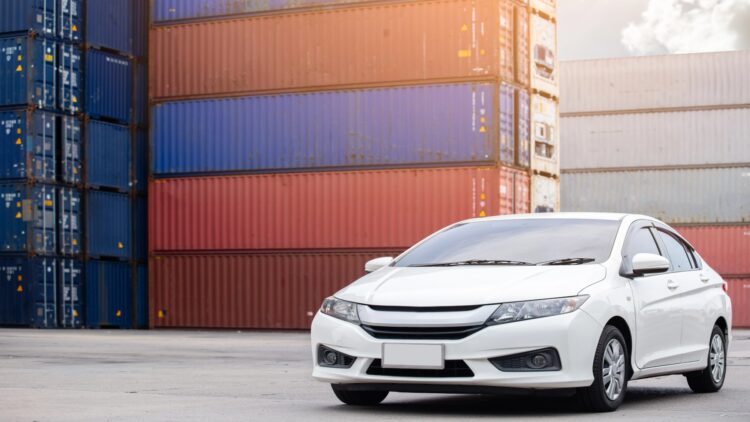Japan’s automobile sector is bracing for an imminent geographical shift, with September trade figures showing opposite fates of different markets around the world. While exports skyrocket to countries in nearby Asian nations, those in America collapse under rising tariff pressures, compelling Japanese producers to reformulate their strategic goals and redefine decades-old trade relations in novel ways.
Asian markets propel Japan’s automobile export boom ahead
Japanese exports to China increased 5.8 percent during September, a sharp about-face in the two countries’ bilateral trade. Southeast Asian nations experienced even greater growth, with Japanese exports rising 8 percent year-on-year, as demand for Japanese auto technology and precision components to supplement local manufacturing capability continues to drive the region’s appetite.
China’s swift industrial upgrading has generated huge demand for high-precision components and crucial automobile parts, sectors where Japan has a competitive edge. This expansion is a result of economic complementarity in East Asia since nations have extremely complementary strengths in electronics, autos, materials, and machinery that produce natural synergies.
Regional cooperation realizes unmatched automotive manufacturing potential
The subtle reality behind this shift is that car shipments to Asia rise while falling at a time of shrinking demand in traditional Western markets. Joint R&D of key components for new-energy vehicles among China, Japan, and South Korea can share costs while fostering innovation through technological complementarity when developing regionally integrated supply chains with global competitiveness.
U.S. tariffs quench Japanese auto export performance
Japanese exports to the United States fell by 13.3 percent in September, which was the sixth month in a row of year-on-year falls. The sustained fall should not have been unexpected, as the persistent effect of American tariffs on Japan’s export-led economy, with standard 15 percent tariffs on but almost exclusively Japanese imports, as well as industry-specific treatments for autos.
Toyota estimated U.S. auto tariffs would lower its operating income for the 2026 fiscal year by 9.5billion, based on its August earnings report. Honda estimated the impact of tariffs during this year at 450billion yen(2.96 billion), showing the crippling financial blow Japanese automakers are experiencing on their biggest export market outside Japan.
Critical effects on Japanese auto firms are:
- Toyota estimates $9.5 billion operating income loss by 2026
- Honda is estimating $2.96 billion worth of tariff-related losses this year
- Steel and aluminum continue to be exposed to individual 50 percent tariffs
- Auto parts are subject to additional industry-specific limits
Strategic move toward integration with Asia picks up pace quickly
East Asian countries must enhance technical standards and digital trade rules harmonization and sharing in order to realize the regional cooperation potential. Harmonization will go a long way towards fostering regional economic integration, avoiding fragmentation by standard or foreign influences differentiation, and minimizing transaction costs for firms.
The Regional Comprehensive Economic Partnership institutes an institutional framework for more deepened cooperation, yet political acumen and strategic audacity have to dominate all the member countries to initiate implementation. For Japan, the most critical challenge is to thread its way amidst U.S. pressures while forging cooperative mechanisms with regional partners that maximize economic opportunities.
Market-oriented strategies foster sustainable competitive advantage
The regional governments can seize new opportunities from emerging regional demand for medium- and high-end consumption, green upgrading, and technology upgrade. By embracing market-oriented approaches to fit their own development circumstances, they can achieve much superior win-win outcomes than under existing bilateral arrangements.
Japan’s car trade figures indicate a seismic shift towards Asian markets as US tariffs dismantle time-tested export partnerships. Car exports rise, going to Asia and falling sharply in America, Japanese carmakers have to adopt regional integration strategies that take advantage of complementary strengths and mutual technological developments in order to be competitive on the global map in this new setup.


